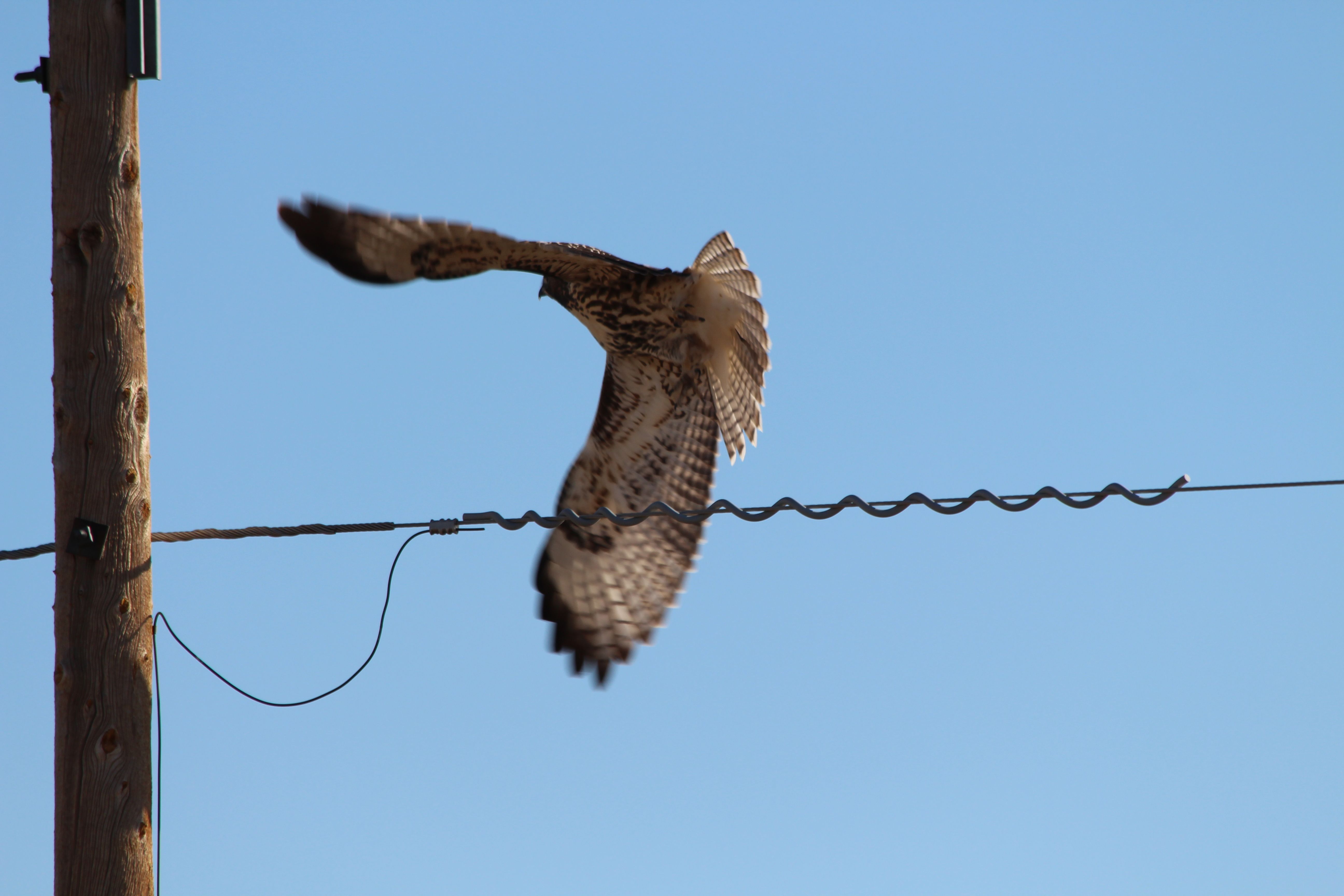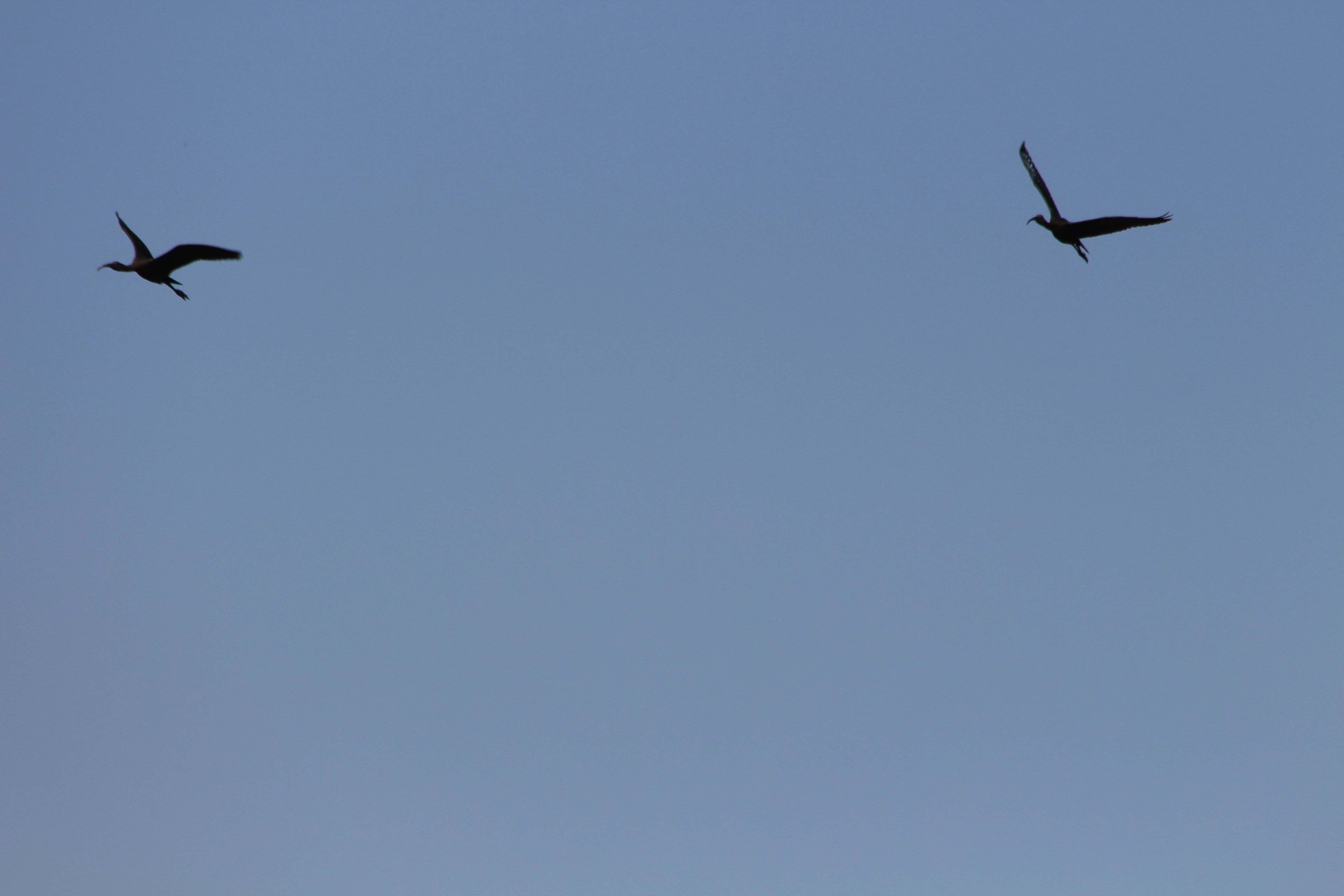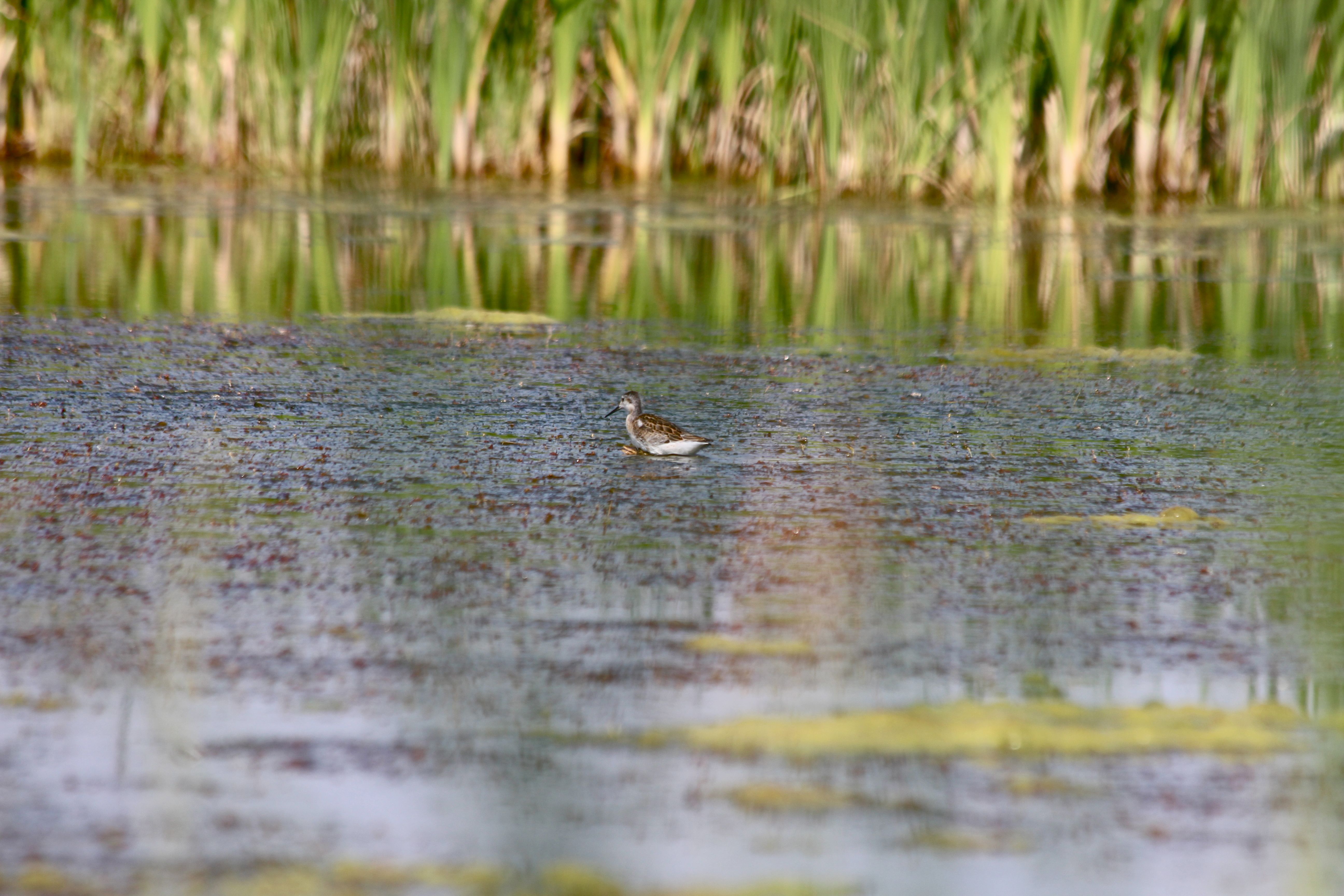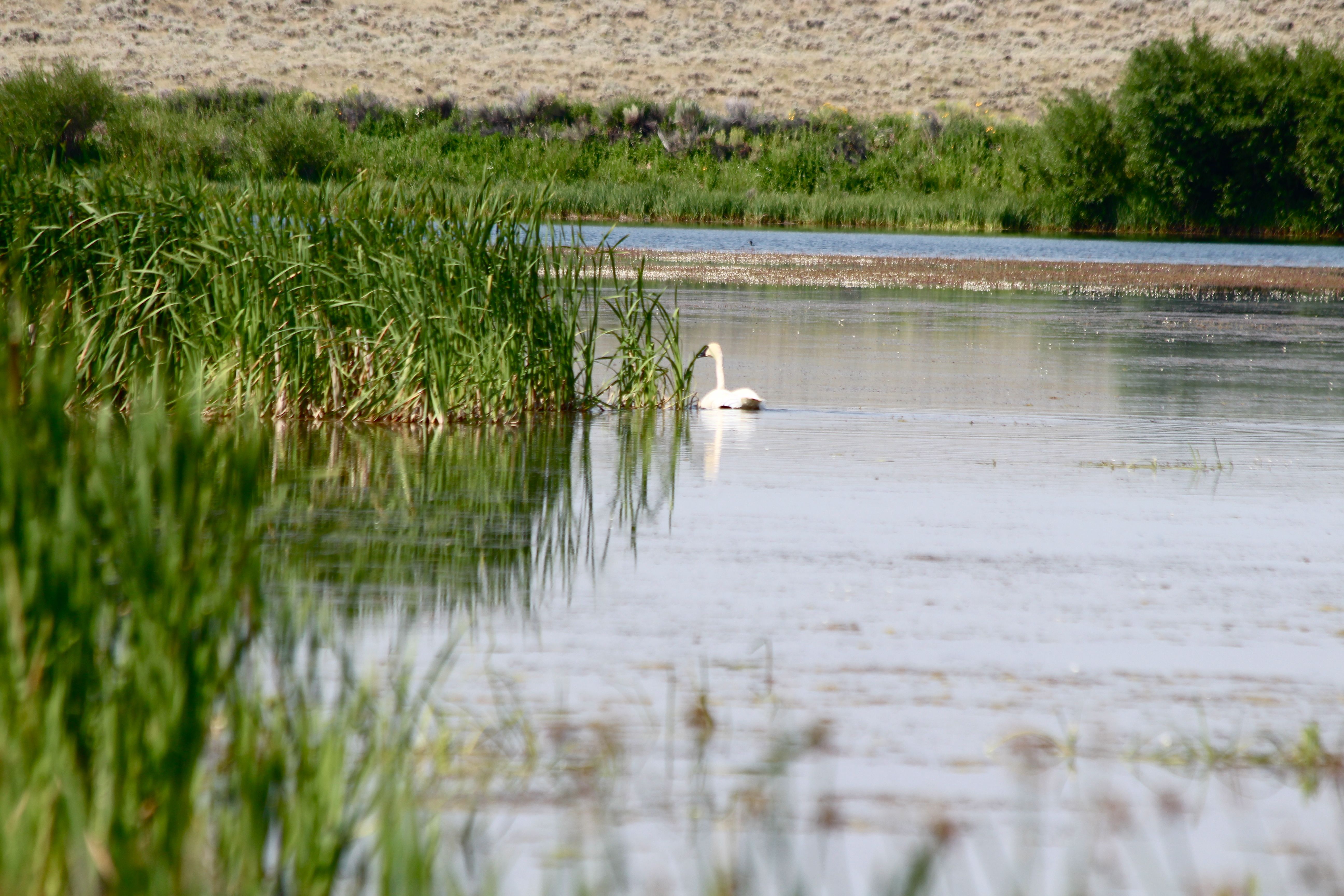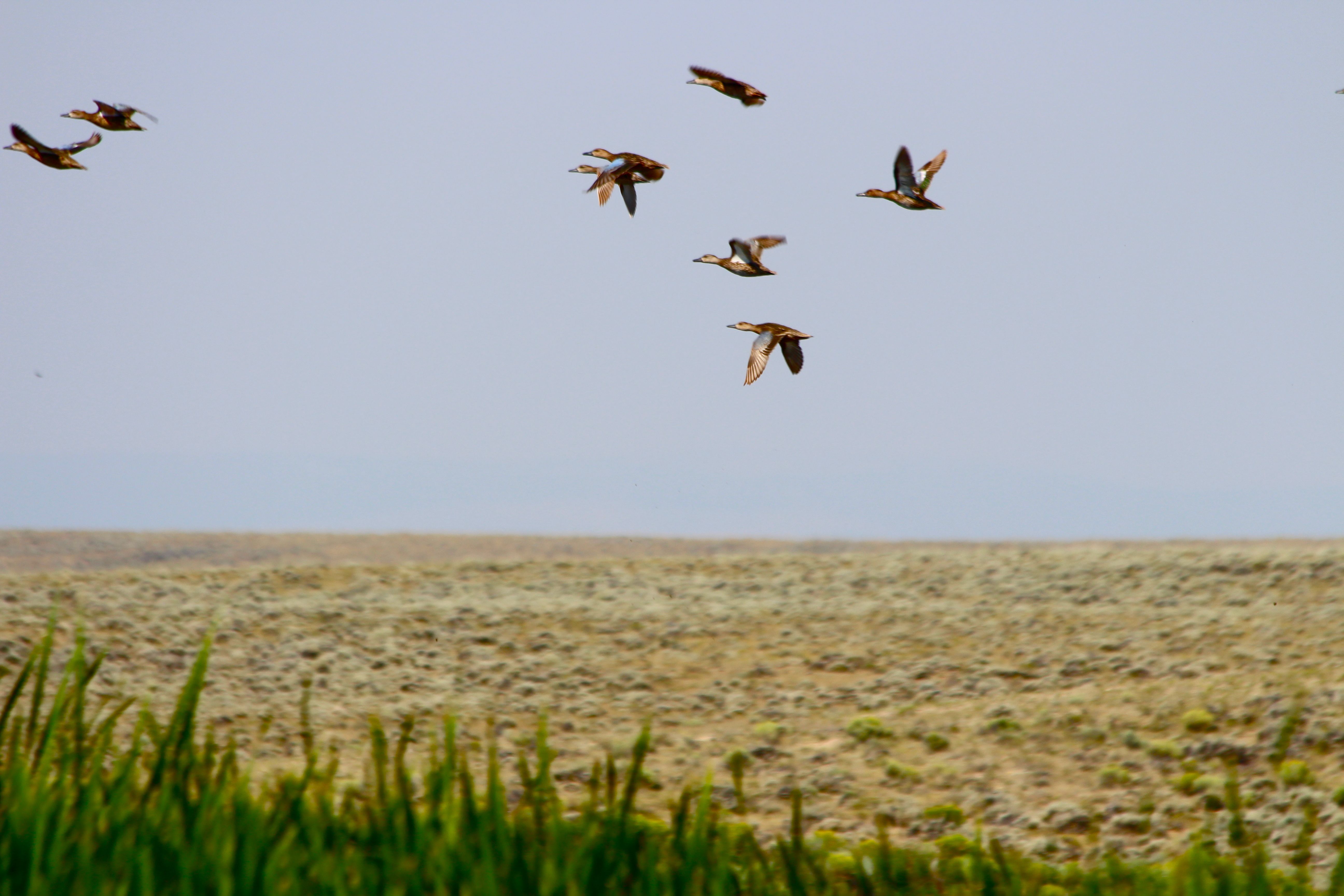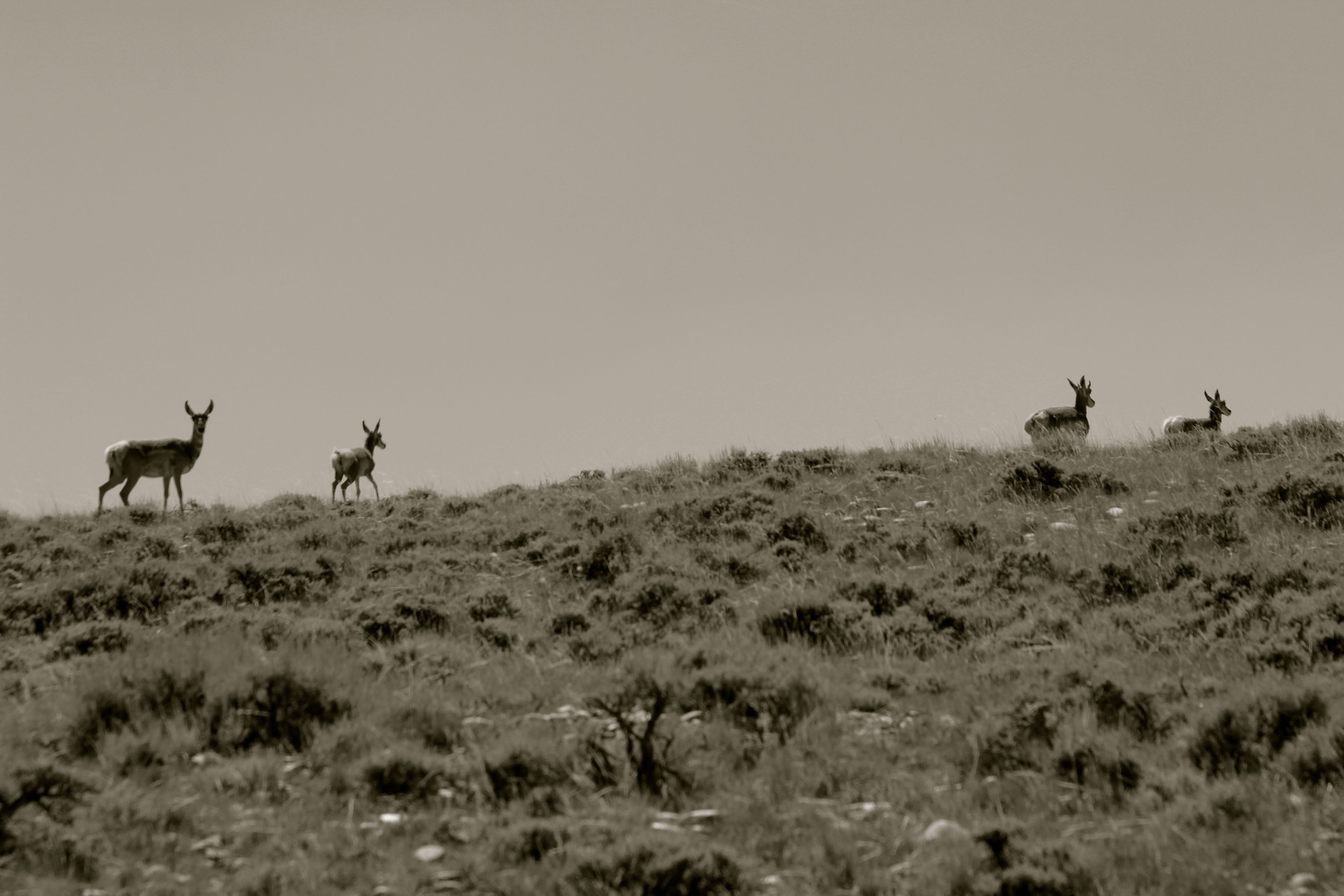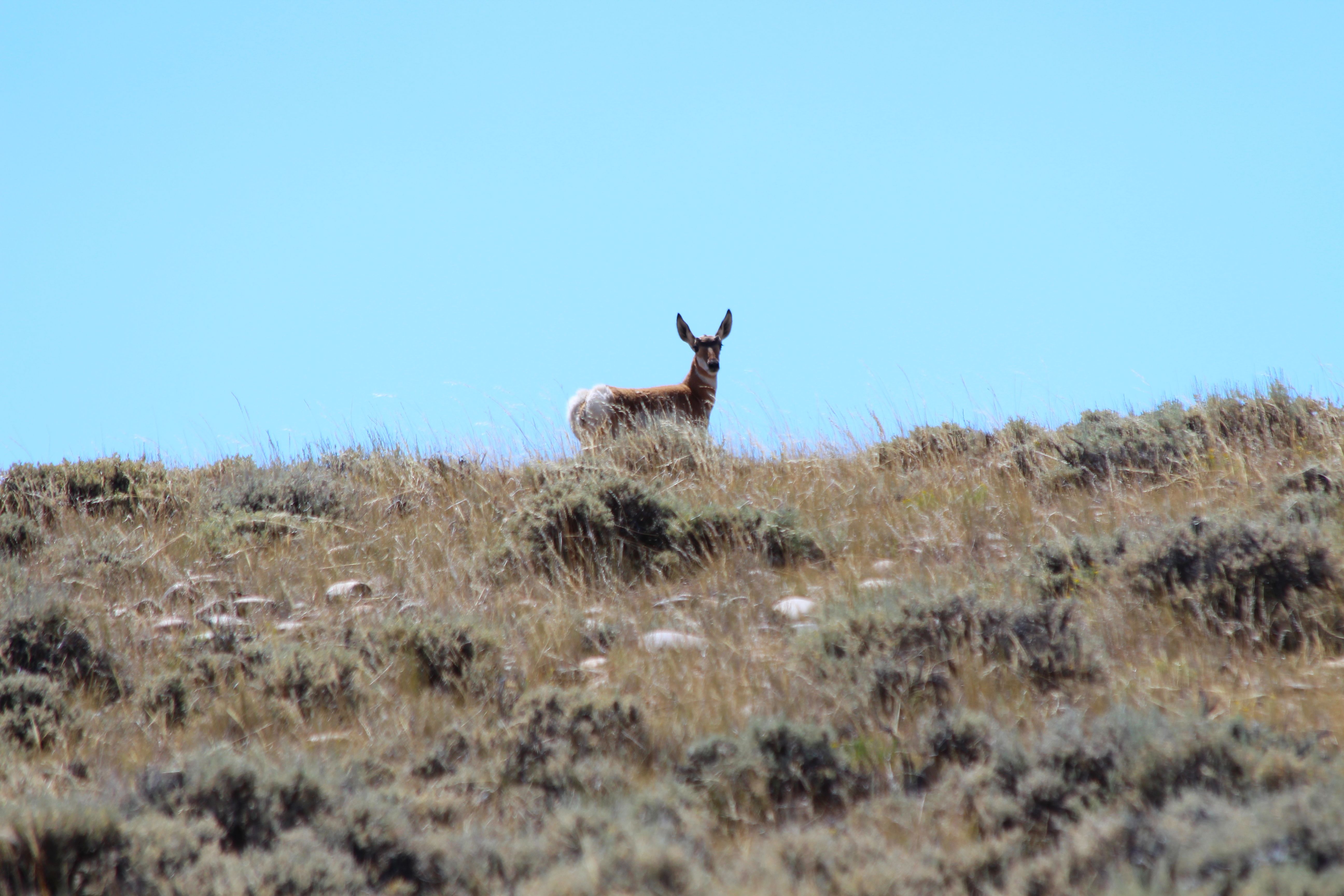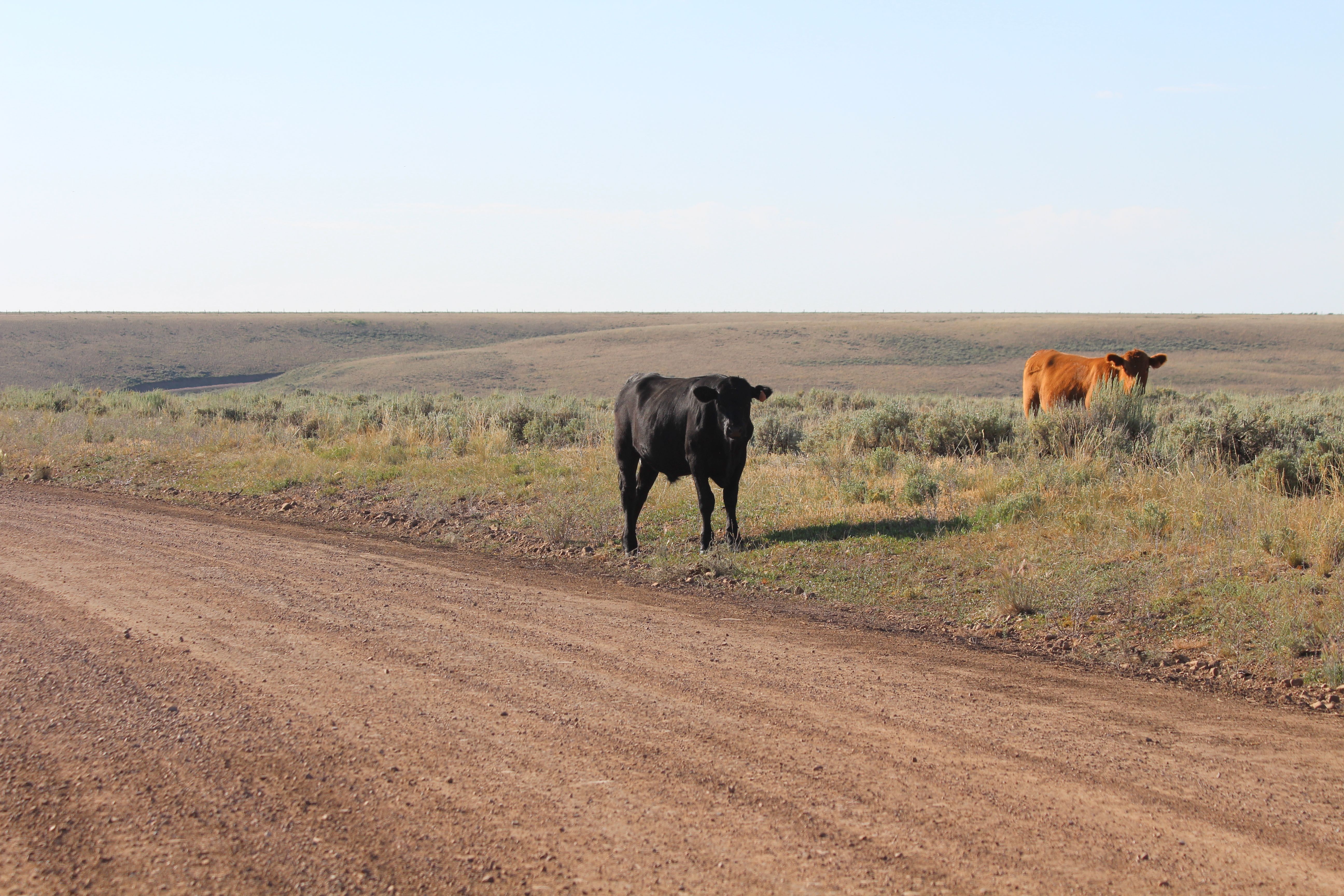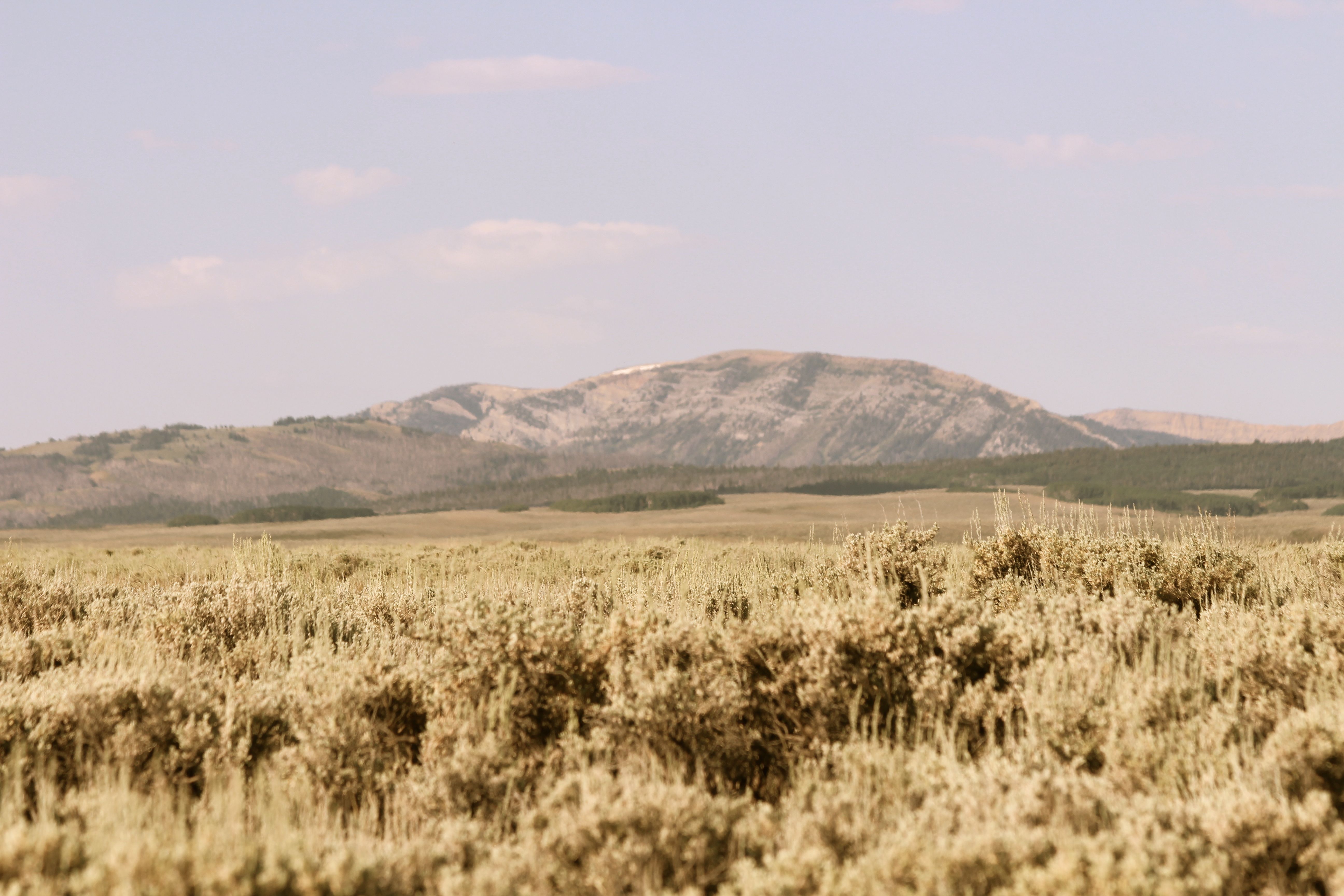It’s getting to be fire season in northern California! This past week I saw the first big fire plume I’ve ever seen burning in the field office. The rhythmic patterns of four work days and three day weekends seem as cyclical as the morning to evening cycles between cool, hot and cool again. Over the past month and a half since I last wrote I have been bounced along more BLM dirt “roads,” collected seed from native plants, visited a fair number of stock ponds, measured a bunch of juniper trees, picked a lot of cheat seeds from my boot laces, lost some rubber on my boot soles to the basaltic rock, learned a handful of monitoring codes for plants, and done a fair amount of zooming in, out and panning on the Trimble Juno SB. I’ve almost used my first bottle of sunscreen I started the summer with. My tan lines have deepened, as has my dislike for juniper. We have also visited a few fire lookouts (my favorite of which was on a weekend trip to Mt. Harkness in Lassen national forest), determined our 14 in DBH arm grip, and marked a fair number of cut trees on BLM stands. We still do not have door access or our own computers to work on in the office, but I am hopeful that this might happen before we leave. Who knows though, it might not.
Going out with Clif, the forester, in the trees is one of our favorite work activities. Being in the cooler air with the shade is a relief from the blazing heat and sun, but there are also a lot of beautiful pinecones. Marking trees is in fact, as Clif says, more of an art form than a science. We mark for cut trees over 14 inches DBH based on spacing, tree form (no ramiform branches!), and ladder fuels. Most of the lots we are marking will probably be cut in 2017. We won’t be around to see the job get done, but it is satisfying knowing that the forest will be healthier and safer after it is thinned. We all enjoyed the first time we went out with Clif so much that we joked about all applying to forestry school together at the University of Nevada Reno.
We have started trying to think about some projects that we might like to start individually. I am particularly interested in the issue with juniper trees because of their importance in the ecological narrative of most of the ELFO land. As I mentioned before, juniper trees have expanded their range in the past 100 years as forest fire was limited. Once juniper trees grow older and become more artichoke shaped, they shade out all plants underneath them, leading to bare ground so no sage brush or native bunch grasses can grow. They also use a lot of water, which stresses other plants. There is really nothing that great about them, and they will definitely be part of the picture moving forward for this field office. I am interested to know how the aerial/ spectral mapping of junipers can help the BLM deal with their presence. We are interested in trying to help with some hand removal of small trees, since this is really the only reasonable method for controlling juniper at this point. It would be a pretty satisfying feeling to remove some of those little trees before they grow into monsters.
We have also been working on sage grouse forb inventorying, though at this point everything is dead so most of our plant ID work could be aptly described as “forensic botany.” The sage grouse forb inventory line point intercept counts were supposed to be done in May to June, but we are just getting started on them now and I see a fair number more in our future. We do these plots mostly for the range technicians at spring locations. We visited a spring off of Horse Lake road that has to have been one of the most upsetting things I have seen on the land while I have been here. Some springs are fenced off while water is piped to troughs on the other side of the fence, which protects the spring from destruction by cows. Unfortunately, this spring had not been fenced and the whole spring and green way, where riparian forbs should be growing, had been completely demolished by cow traffic. There was just a gurgle of murky, slimy water and a few tufts of green grass where the cows hadn’t trampled it too much.
It is in these instance that I am reminded of the scale and differences in the western landscapes, as well as the limitations on what we as people, and of course smaller organizations like the BLM, can do. It’s a lot of work first of all (I still don’t understand how they get big machinery out here to bulldoze reservoirs and move large troughs) but there is just so much land. It’s not possible to ensure that everything is taken care of and preserved. I do wonder how many springs on BLM land are in this condition, which unfortunately is likely beyond restoration. It is so surprising to come around the corner on a two track and see something so unnatural. It is sad.
We have successfully collected from Elymus elimoides (squirreltail), Poa secunda (sandberg bluegrass), Leymus cinerus (great basin wild rye), and Cercocarpus ledifolius (mountain mahogany). Squirrel tail has to be one of my favorite grasses to collect. It’s easy to pull the bottle brush seeds off of the plant and feel satisfied with a large bag of fluff. We originally thought it would be really fun to collect mountain mahogany, but then we discovered how painstaking it is to collect. The trees themselves are beautiful when the seed is ready to collect, the awns on the seeds are 2 to 3 inches long and curly. The awns also have a million small minute hairs that fly off and stick on everything when you pick up the seeds or shake the branches. The awns look fun and fuzzy, but the hairs make your skin itch like crazy, and if you have any respiratory issues like Jocelyn, I think they make it so that you can’t breath. We probably have to collect mountain mahogany again, so that will be less exciting than it was the first time.
A few weeks ago the state botanist of California and a man from the state office in Nevada came to tour around some sites of our field office. We toured with them, visiting a site off of Smoke Creek road where sagebrush seedlings had been planted. Unfortunately most of them had died, probably due to the fact that they really only spread by seed, and that the contraction and expansion of the soil in this area, as the man from the Nevada office noted, would have probably broken their roots. It is easier to dig in this soil though. They are interested in creating green belts with plants that stay greener longer along barriers to fire like the road. This is an area where the Rush fire burned in 2012. One of the questions is which plants should be used. Solely natives or non-natives if they stay green longer? The second site we visited was at Ramhorn. The BLM has a 14 day campground here off of 395. This is a successful site that has been seeded. Native plants and shrubs have re-grown here post-Rush fire. Seeing this sight brightened their moods a bit and we enjoyed lunch at a look out towards Observation peak at the top of the road.
I finally saw a rattlesnake out on Horse Lake road the other week. It was sunning itself on the road in the morning and thankfully Julie saw it in time so we didn’t run it over. We hopped out of the truck and grabbed a few pictures, but the snake wasn’t interested in rattling so it slithered away without giving us any entertainment. While we were out driving near Fredonyer with Clif, the forester, we saw a really fluffy baby owl. Dalton, a seasonal range technician, and I saw a huge thistle while visiting a stock pond the other week. It is hard to get excited to see thistles, but this thistle was at least five feet tall, probably taller, and about 5 or more feet wide so it honestly looked like a cactus. Unfortunately the Susanville fair had just ended, otherwise we probably could have won a prize or something. I have yet to see a mountain lion (Jillian saw one!) or a marijuana garden. The most magical and exciting wildlife sighting was when Jesslie, Christian (wildlife biologist), and I saw 19 sage grouse while we were leaving a water right (that we had seen a not so pleasant, but nonetheless quite interesting and relatively fresh, but eaten and dead cow at). The sage grouse were a complete surprise as they flew out of the sagebrush in groups of 3 to 4 as we kept walking along the path.
It’s hard to give a complete update about how things have been going without talking about the other 3 days of the week. Susanville is not a destination of any kind, but it has its benefits in that there are some pretty amazing places within a 5 hour radius. Thus far, every weekend has consisted of some great exploring and adventuring to Mammoth Lakes, Yosemite, Lake Tahoe, Truckee, Echo Lake, Juniper Lake, Lassen National Park, Greenville, Fort Bragg, Mendocino, and Reno. There is so much to see here in the western United States and we are all really happy to be making the most of it with our trips so far and the ones we have planned.
Unfortunately I had taken the time to write a pretty thorough and detailed blog post earlier that was probably two to three times as long as this, but it was accidentally deleted. I don’t think I will be able to re-create the same type of entry again, but I hope this gives you an idea of what life in Susanville has been like since my initial post. We’re excited to go out with an archaeology mapping crew from Chico this week on the Skedaddle mountains. Hopefully the interns from Alturas will have a chance to come visit the ELFO office later in August. We are nocking down the number of juniper and water right points that are done. I’m not sure how many more acres of trees need to be marked. As exciting as the summer has been, I think we are also really looking forward to those cooler, clear autumn days.
Alia
BLM Eagle Lake Field Office
Susanville, CA




























